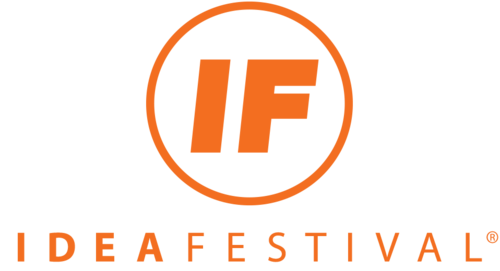 "PressThink's" Jay Rosen speaking on the nature of "wicked problems:"
"PressThink's" Jay Rosen speaking on the nature of "wicked problems:"
It is hard to say what the problem is, to define it clearly or to tell where it stops and starts. There is no 'right' way to view the problem, no definitive formulation. There are many stakeholders, all with their own frames, which they tend to see as exclusively correct. Ask what the problem is and you will get a different answer from each. Someone can always say that the problem is just a symptom of another problem and that someone will not be wrong. The problem is inter-connected to a lot of other problems; pulling them apart is almost impossible. In a word: it’s a mess....
Tame problems are not easy to solve, but they are easy to define, to fix in a proper frame. How to build a bridge over the Mississippi that won’t fall down, and determining what it will cost: we’ve tamed that one. The engineers apply the science and select the best design within the constraints the government has put forward. The politicians figure out how to pay for it and how to sell it. We can know in advance what kind of expertise will be needed.
Wicked problems aren't like that. As the founders of the concept said in 1973, “You don’t understand the problem until you have a solution.” - Jay Rosen, speaking at the UK Conference of Science Journalists in June at The Royal Society, London.
While Rosen talks about wicked problems in the context of journalism - he's determined to keep "media" from gobbling up the press - the formulation is a useful way in which to understand the bedeviled nature of enormous issues such as climate change and health care, which have outgrown the capacity of their respective experts, alone, to solve.
Wicked problems require many sets of eyes.
To create one of the largest scientific instruments in the world, the builders of the domed Allosphere in Santa Barbara recruited artists to visualize and sonify data. Working with their scientific colleagues they may just improve our understanding of nature. Confident behavior, artificial intelligence and epistemology are all linked by the concept of embodiment. Perhaps dance may serve as an interlocutor. Synesthesia, as Daniel Tammet so beautifully explained in 2010, is not just a neurological quirk but an opening onto the nature of human creativity.
Are you an architect, biologist or attorney? Do you sculpt, theorize or write?
The IdeaFestival excels at generating and exploring new connections. In addition to meeting some of the smartest people on the planet, at some point during the many presentations over three days - and you really should consider attending them all, the effect is cumulative - you will relate something you have heard to something you do professionally. It will come as a surprise. Perhaps it will be the result of a point made by Lisa Randall about the vanishingly small nature of particle physics and the concept of scale. Or maybe Peter Sims' entrepreneurial experiences may suggest a way to optimize your medical office, or set up an experiment in your lab. The difference between the festival and the journals and experts in your field is that the festival goes wide, not deep. It will not suggest the answer. Nor will it implicitly narrow the scope of acceptable answers. And if you are anything like me, you will find it helpful to take a break from the data.
This is how it will go down: you won't understand something has been bubbling beneath the surface until 33 minutes into the fourth presentation on day two, and suddenly you'll sit a little straighter in your chair and say audibly, but not so loud that your neighbors understand that hundreds of bottle rockets are snapping off one after the other in your mind: "Oh! - Oh! - Oh, crap. I never thought of it like that."
Then the fun begins.
Wayne
Image of Diavolo from IdeaFestival 2009: Geoff Oliver Bugbee
